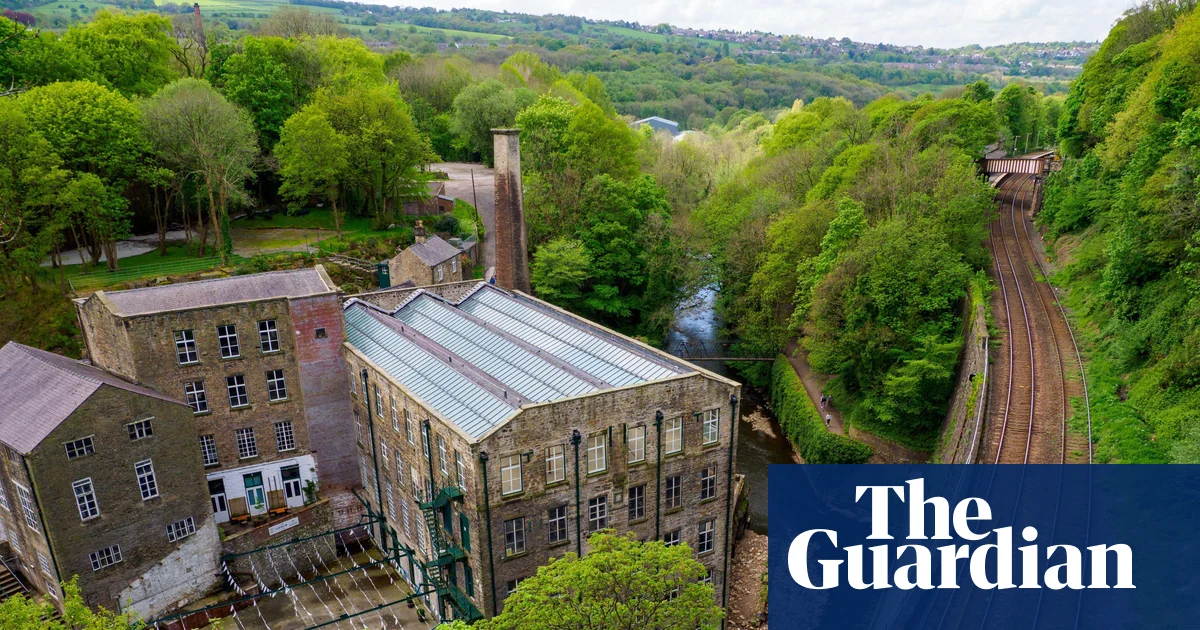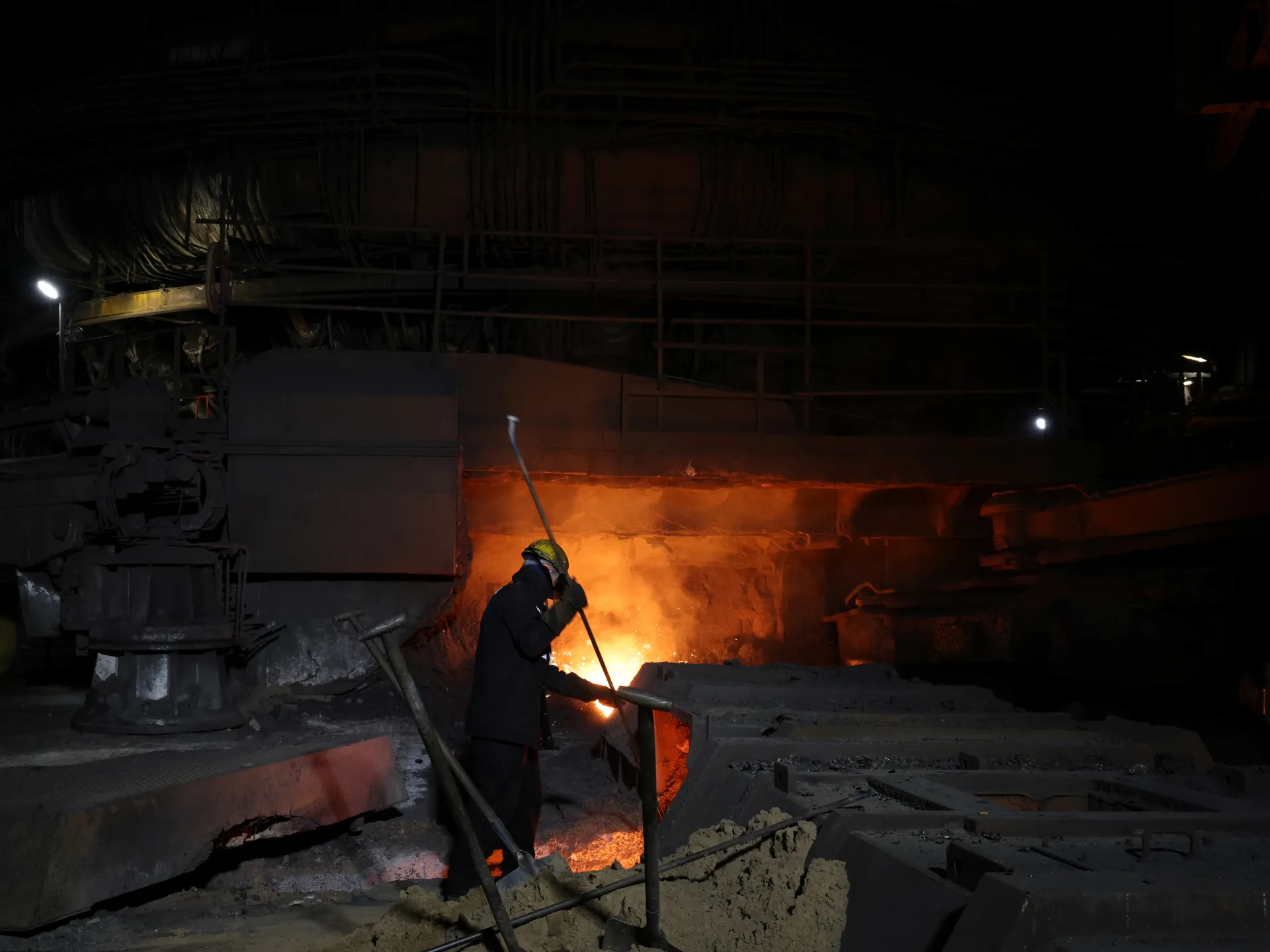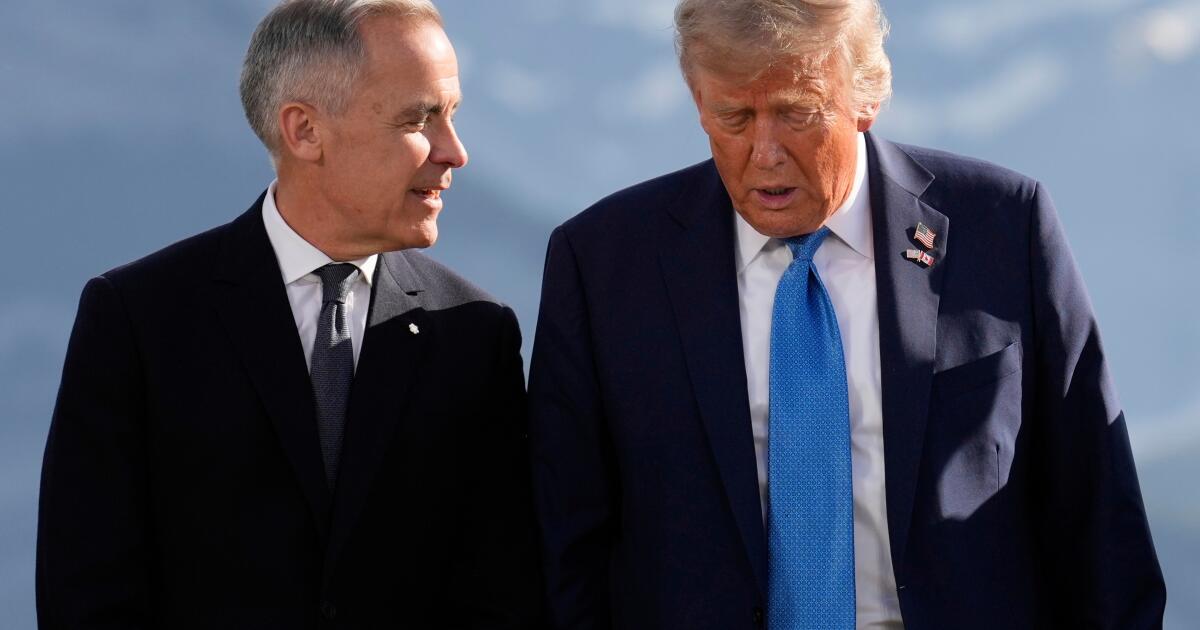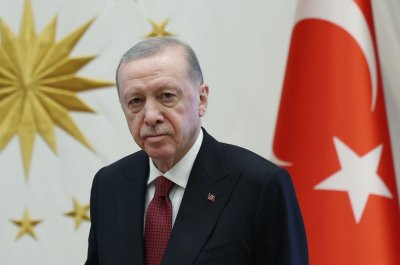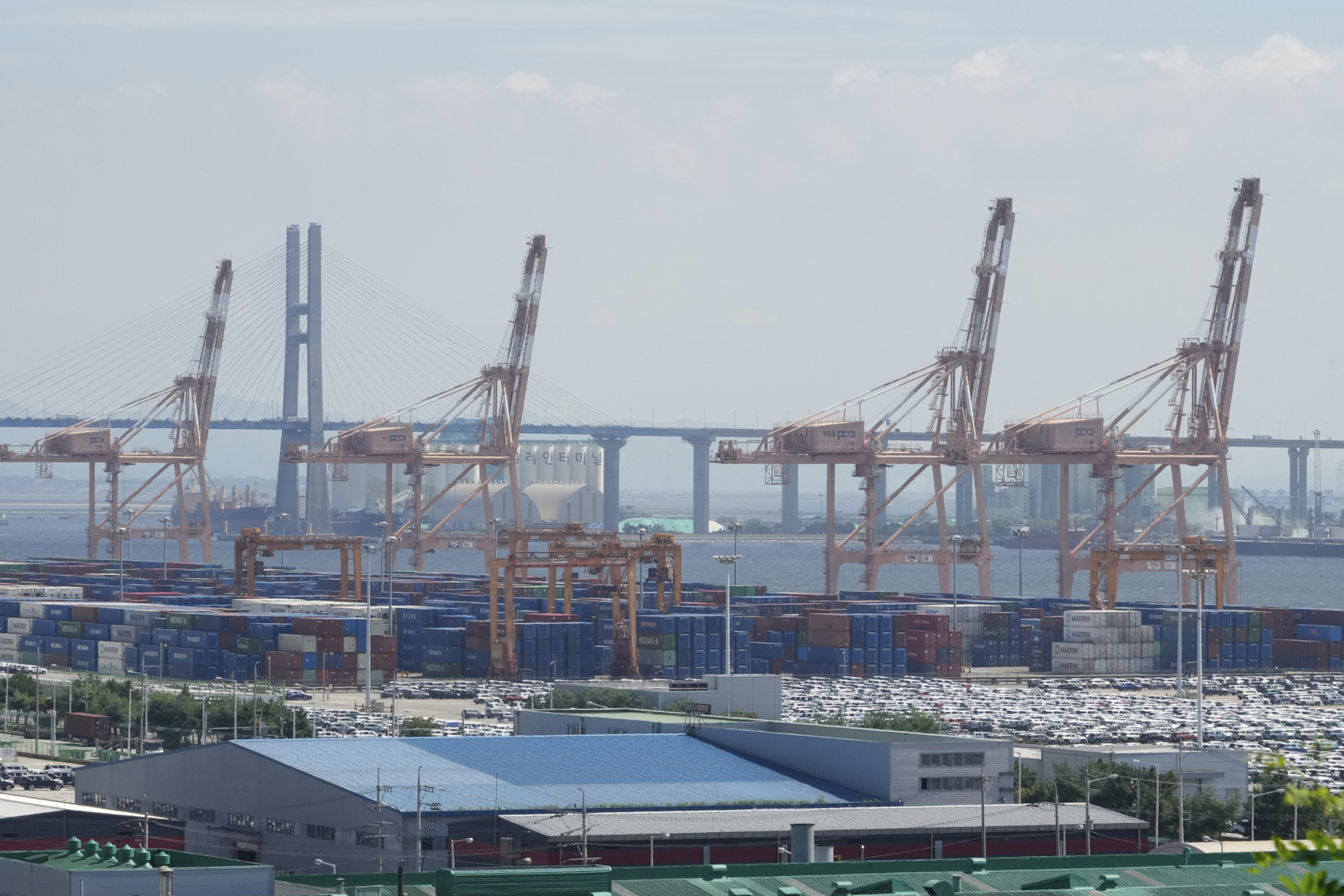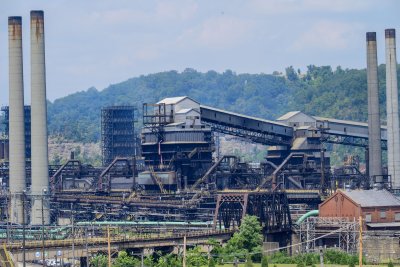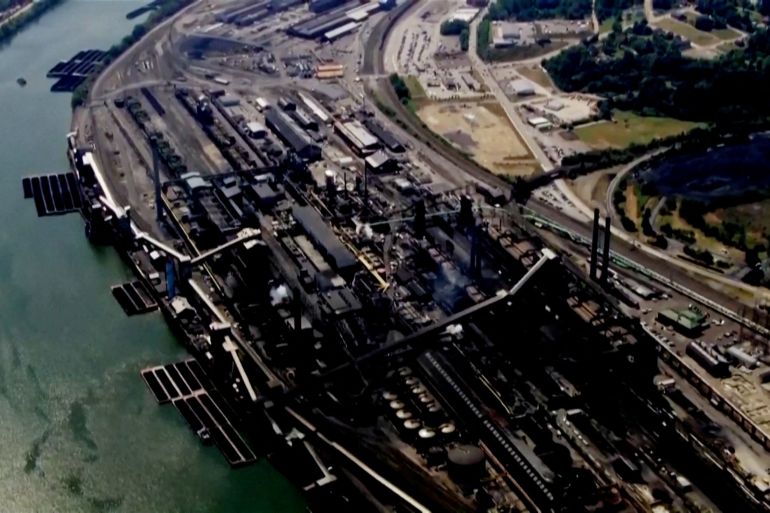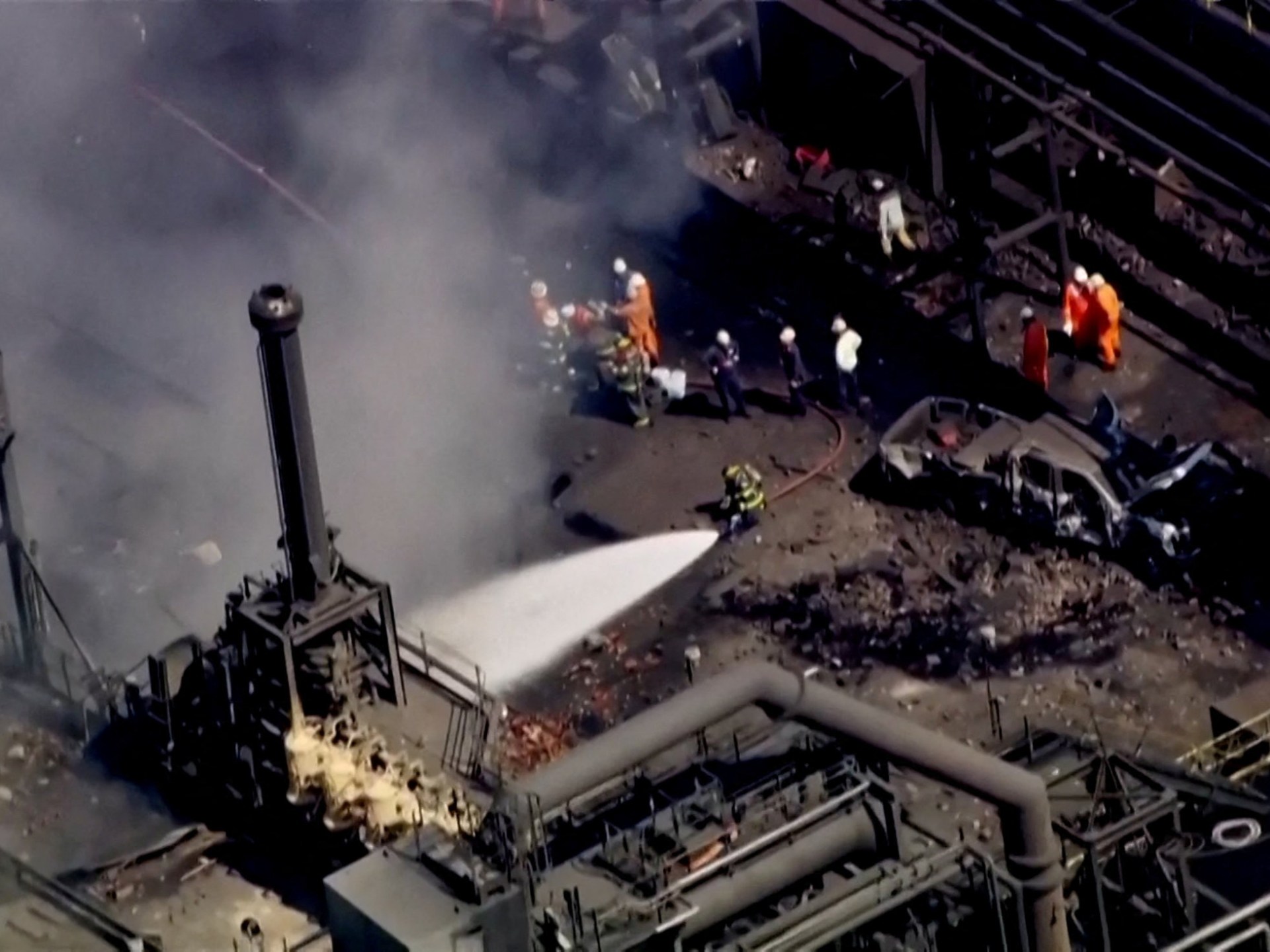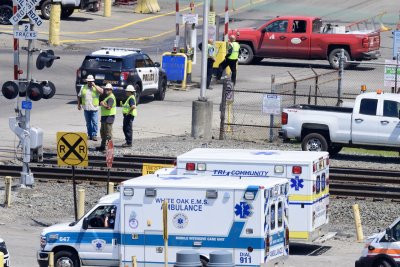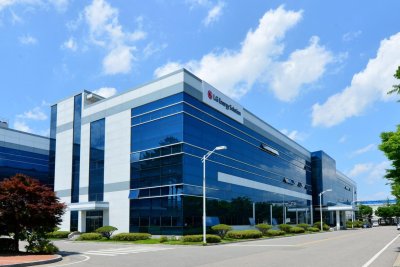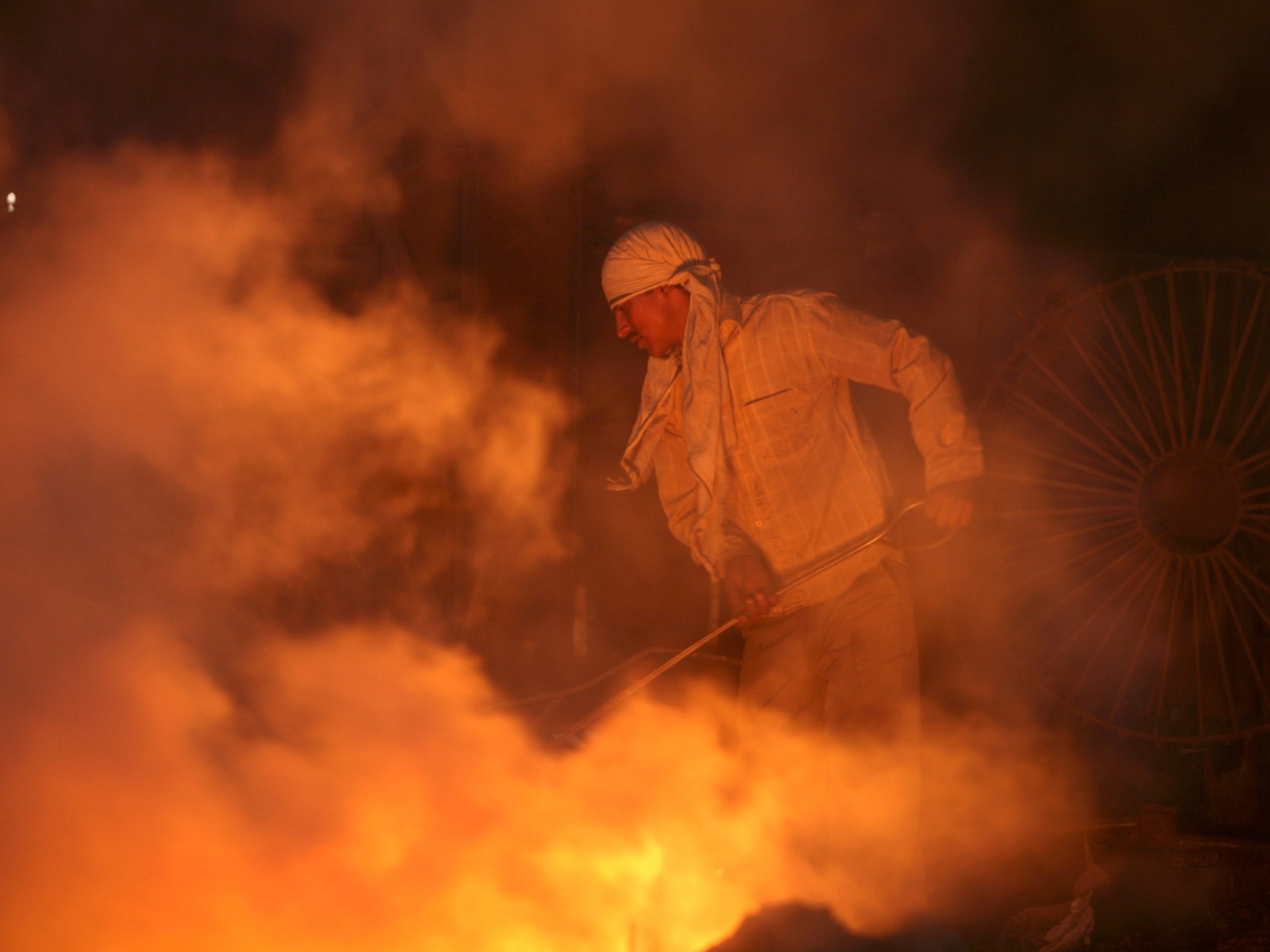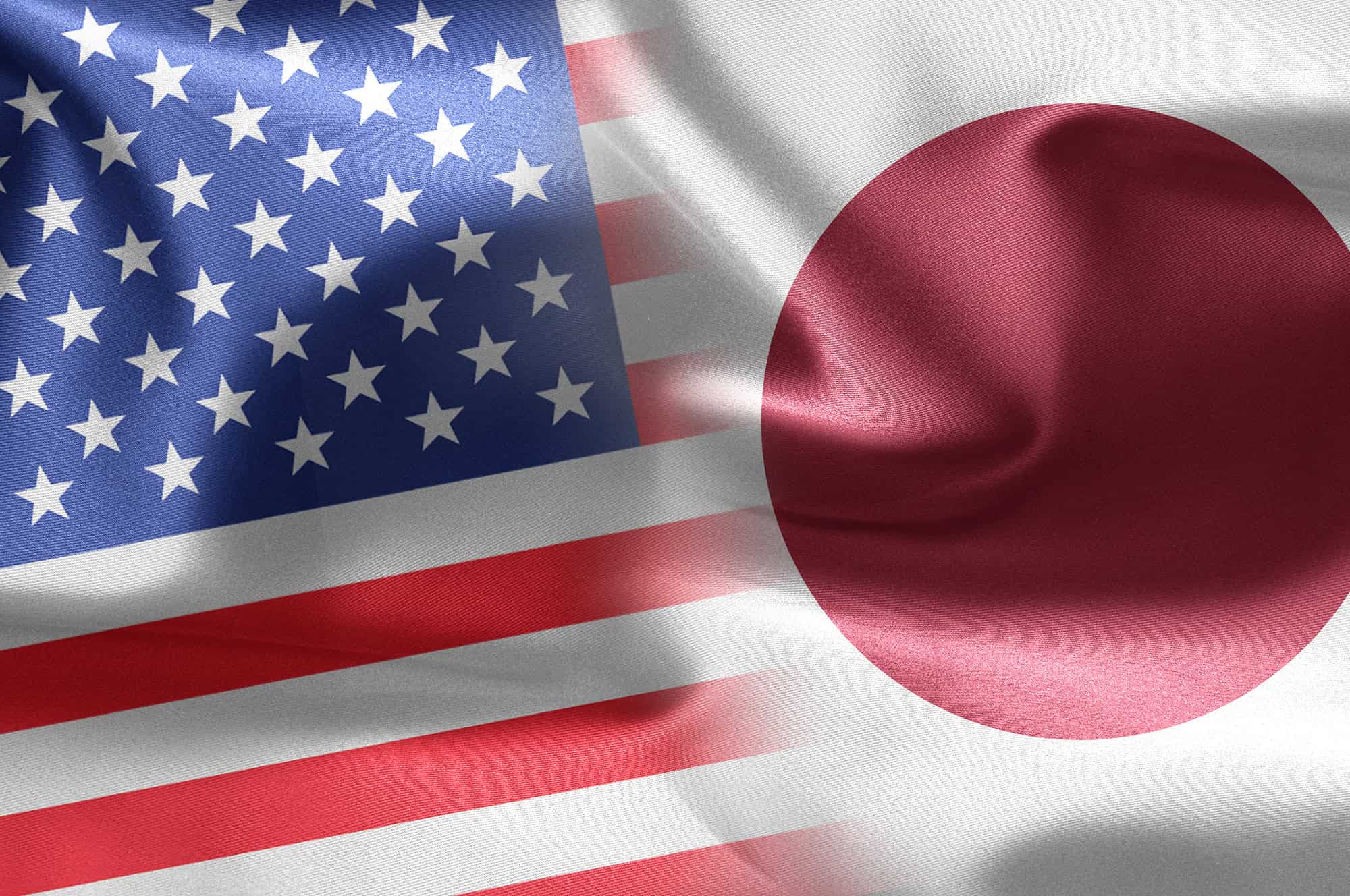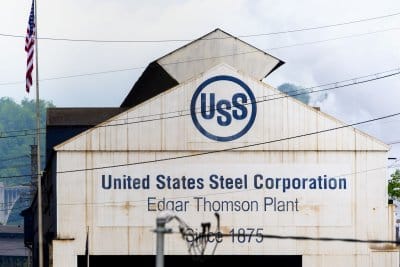From Steel City to Cottonopolis: a new walking trail through a post-industrial Peak District | Travel
The Pride of Cumbria train carried me out of Piccadilly station and, eventually, beyond built-up Manchester. After Marple, everything turned green as the valleys narrowed. It was a classic northern autumn day: the clouds were low, the mizzle and mist were closing in and the world was grey-filtered but for the glow of dead leaves all around.
South-east of Manchester is a bit of an unknown for me. Between the city and the Derbyshire borough of High Peak, you don’t quite enter national park territory, but it’s nonetheless a charming and eye-calming landscape. The Mancunian Kinder Scout trespassers of 1932 probably came this way, as do Pennine Way-farers bound for Edale. But the region is also post-industrial and close to conurbations. The Steel Cotton Rail Trail, which officially launched earlier this month after several years of planning, hopes to bring together elements of the land and the heritage while also drawing walkers and cyclists to areas of the Peak District perhaps ignored by those who rush for the main spine of the Pennines.
The 62-mile (100km) trail has been split into 14 day-friendly sections between the rail termini at Manchester and Sheffield, with stops along the Hope Valley Line marking the start and end points. There’s something for everyone. Urban explorers will enjoy the metropolitan mooches at either end, summit fiends will love the middle hill and moor sections, while those with young families or old dogs can opt for canal and riverside walks.
I was the only passenger to alight at Chinley, a small, smartish-looking village in the Blackbrook valley. I soon found a sticker to show that I was on the right track; way marking is now complete along the route. I also had printouts of the handy pdf maps posted on the website. GPX files are available, but I didn’t want to spend the day looking phone-ward.
The route, sloping downward, took me past a cafe and on to the Peak Forest Tramway Trail. As anyone who has been out on a recent country walk will know, 2025 has been a mast year, with an abundance of fruit and nuts falling from trees. I could hear the loud crunch of dry acorns and beech nuts as I began my walk towards the west.
The tramway – serviced by horse and gravity-powered vehicles – opened in 1796 and carried on operating right up till the 1920s. Limestone, quarried all around the area, was taken out along these tracks. While much of the primary and heavy industrial plant has gone, I passed a polymer factory close to Chinley and I was rarely far from traffic (the mighty A6, England’s longest road once upon a time, was just beyond the curtain of trees) or light industrial units. Some people probably prefer the illusion of “real nature” but I like ambling through parts of the countryside where work and wilderness rub along. Anyway, I was always able to look down and let the golds, reds and ochres of leaf litter blur my ruminations.
Soon I came to Bugsworth Basin on the Peak Forest canal – once the largest and busiest inland port on the canal system and the only one to survive intact. An information sign alluded to “canal mania”, the period between 1790 and the 1810s when dozens of cuts were made across England and Wales by speculators banking on “faster” logistics. In 1808, workers shifted sufficient limestone to fill 2,000 canal boats. A vital raw material, it was used in buildings, chemical manufacturing and agriculture. Limestone historians will probably challenge the steel and cotton of the trail’s name – cities edging out town and country, as ever – but you could also make a case for calling it the Millstone Grit Trail or the Coal Trail; this part of the world produced so much for Victorian Britain.
I swerved right, joining the River Goyt. Despite its guttural name, the Goyt is a lovely river. It threads a pastoral squiggle from soggy moorland just west of Macclesfield all the way to Stockport, where it runs into the Mersey. As well as the new trail, I was also walking on sections of the Goyt Way and a long-distance path called the Midshires Way. The path passed close to Furness Vale station on the Manchester-Buxton line – an alternative railway option to get to this section of the trail.
It was a mellow, easy walk all the way to New Mills, a town I only knew hitherto as the home town of punk/Oi! band Blitz, but which is a very dramatic constellation of magnificent bridges and stone viaducts, vertiginous gorges, fast-flowing water, the oldest community-owned hydro scheme in the land, some lovely llamas in a bosky paddock, and the sweeping steel Millennium Walkway. I’d passed a couple of rural pubs already, but New Mills has plenty of food and drink for those stopping or pausing here.
I continued along the canyon – past Torr Vale Mill, the UK’s longest-running textile mill till its closure in 2000 – and used the Goyt Way to enter Mousley Bottom nature reserve, a pretty patch of woodland occupying an area previously used as a landfill site, gasworks and sewage works.
I left the river behind at Hague Bar, and headed for Strines, to complete my two-stage, 6.5-mile walk, where I knew the train was hourly (it’s half-hourly from the larger stations). As fate would have it, just when I needed to speed up, the path went up too – quite sharply, in fact, as it ascended a green lane. After all the level walking, the views were suddenly much bigger, and the mist had burned off too. I was half-tempted by the Fox Inn, a Robinsons’ pub in the tiny hamlet of Brookbottom, but given my now terrible thirst, bursting lungs and the one-hour wait, I knew the rest stop could easily morph into a three-pint siesta-inducer. So, I struggled on and actually jogged down to Strines to make the train for Piccadilly with three minutes to spare.
This new rail-pegged walking (and, along many sections, cycling) trail will be welcome in Manchester, where it links up nicely with the also quite new 200-mile orbital GM Ringway. It may also tempt Sheffielders to look beyond the obvious Edale-Kinder Scout hikes – though Edale is a start/finish point for a nice 7.5-mile leg of the Steel Cotton Rail Trail. More frequent, reliable trains would make these walking trails really attractive. But for an autumn amble, the 14 new walks are almost perfect. Choose your challenge and altitude, decide whether you want trees or moors, towns or fields, and you will catch several of the moods of this magical season.
Read more about and download guides at the Steel Cotton Rail Trail
